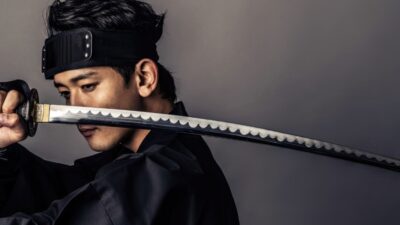Katana vs O-Katana: Differences and Combat Comparison
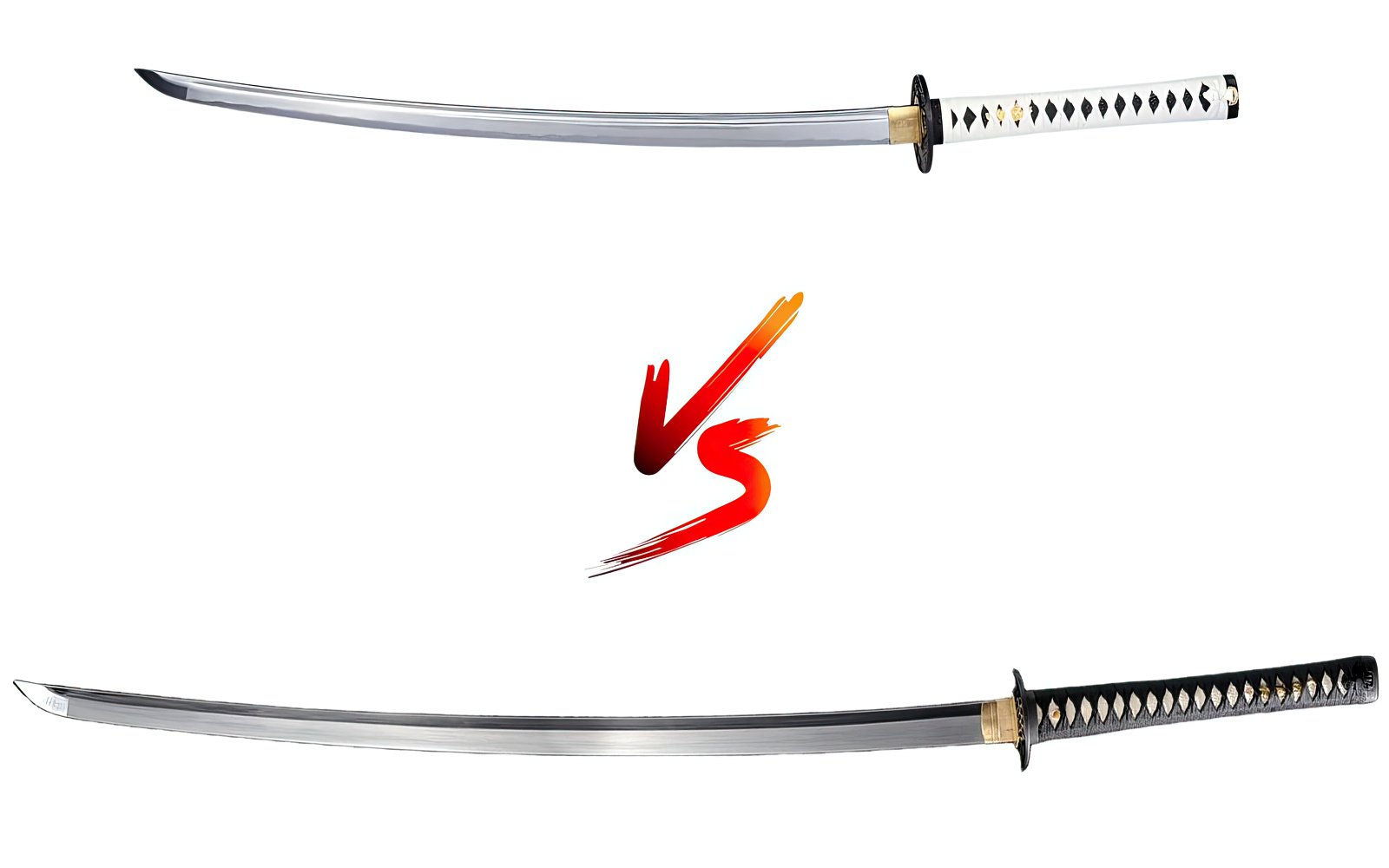
The iconic katana is slightly shorter than its counterpart, the o-katana, which follows the same traditional design but offers more opportunities in terms of offense and defense. Immensely popular today in American and European markets, we explore both the katana and the o-katana, examining their differences, similarities, historical significance, and contemporary value. We will also try to determine the victor between the two swords.
KEY TAKEAWAYS:
- The o prefix, translated to greater, signifies that the o-katana is a larger sword than the katana.
- The o-katana and katana have similar blade characteristics, including the curvature and forging process. However, the longer blade of the o-katana contributes to its unique combat attributes.
- Having emerged during the Muromachi Period due to requirements in battle, the o-katana was more popular until the peaceful Edo Period, where longer swords were forbidden, leading to its conversion into shorter alternatives.
Terms, Characteristics, and Design Differences
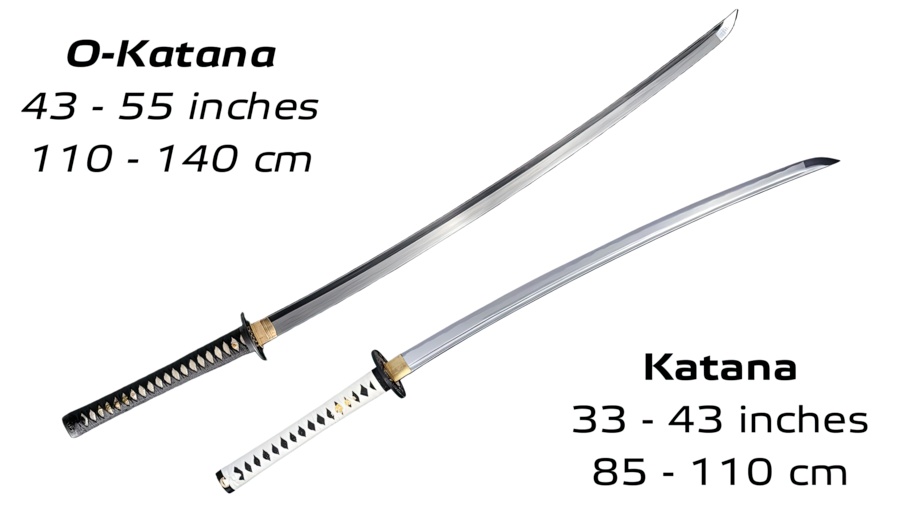
The term katana simply translates to sword. Today, it generally refers to the secondary sidearm that was once used by soldiers and samurai in feudal Japan.
Blade
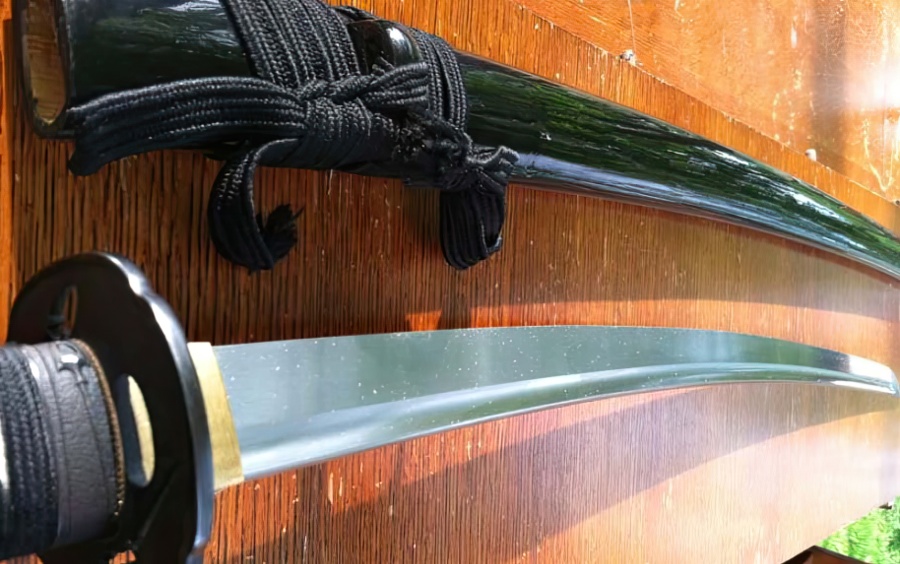
The katana and o-katana’s blades have the same traits but differ in length. A traditional katana blade length is 29 inches (74 cm), while the o-katana blade is longer by an additional 8-10 inches (20-25 cm).
These single-edged blades are slightly curved, mainly designed for cutting, and can have varying types of kissaki (blade tips). The blades are traditionally forged from Japanese tamahagane steel folded in a tatara.
During the forging process, clay tempering helps to harden the edge of the blades, allowing them to retain their sharpness while maintaining a flexible spine. This differential hardening process also results in the appearance of a hamon (temper line). The optional bohi (groove) helps decrease the sword’s overall weight and is often seen in the larger o-katana.
Hilt
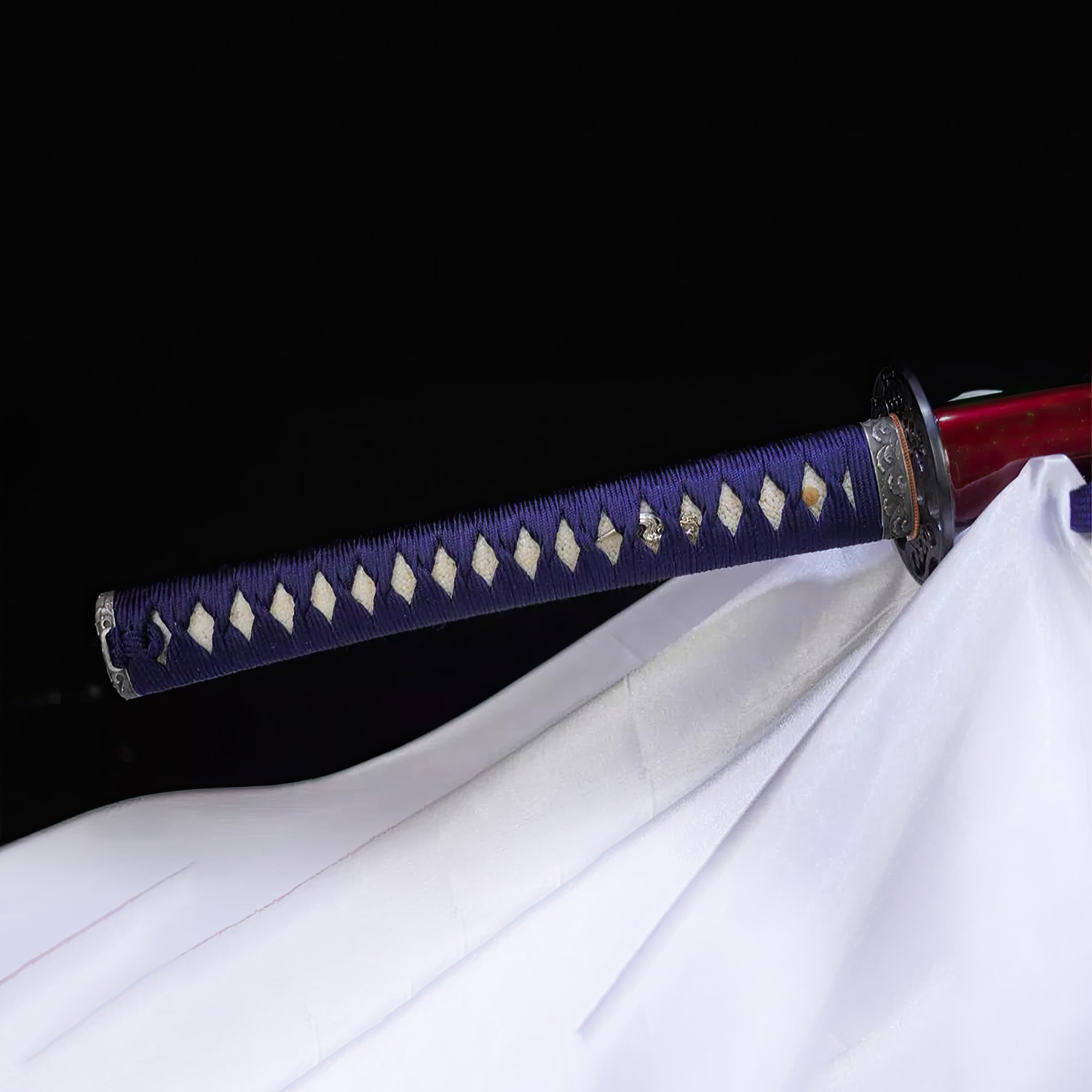
The katana and o-katana have similar koshirae (fittings and mountings) and wooden hilts. The tang of the blade is secured to the hilt using a mekugi (peg) before it is covered by rough samegawa (ray skin) held in place by a tsuka ito (cord wrap). The art or style of wrapping the ito is referred to as tsukamaki.
While the katana traditionally features one or two mekugi (peg), the longer o-katana usually has two for added stability. The average length for a katana handle is 10 inches (25 cm), while the o-katana’s can reach 14 inches (35 cm).
Size and Weight
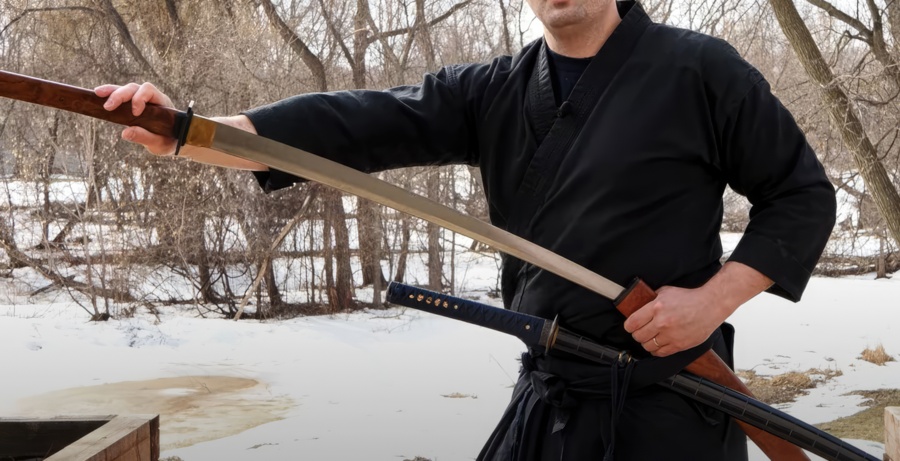
As the larger sword, the o-katana measures 8-12 inches (20-30 cm) more than the traditional 39-inch (99 cm) katana. However, it is rarely over 55 inches (140 cm) long.
In terms of weight, the o-katana can reach up to 3.3 lbs (1.5 kg), while a katana is around 1.98 to 2.86 lbs (0.9 to 1.3 kg)
Historical Significance

The katana was a secondary sidearm that evolved from the shorter uchigatana during the tumultuous Muromachi Period (14th – 16th century).
During this time, swordsmiths made daito (large) or shoto (small) katana swords based on their needs. This was especially true during the wars of the Sengoku Period (1467-1615) when larger swords were produced to meet individual preferences and battle requirements.
Compared to the o-katana designed for individuals around 63 to 67 inches (1.6 to 1.7 m) in height, the o-dachi or nodachi were larger versions of the earlier tachi with a stronger curve. They were nicknamed field swords due to their massive size.
During the Edo Period (1603-1868), larger swords like the o-katana were forbidden and converted into shorter blades such as the wakizashi, tanto, or regular-sized katana.
O-Katana vs Katana: Combat and Training Preference
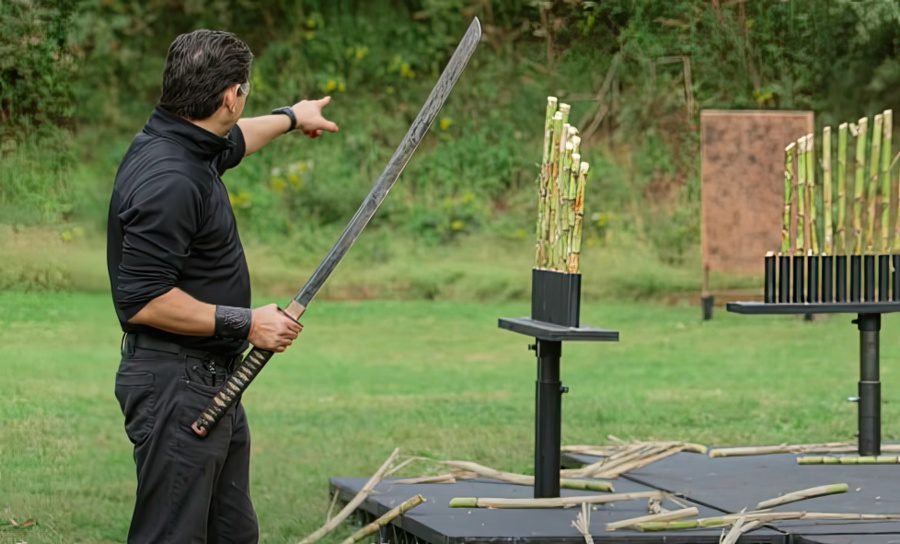
The o-katana and katana were versatile two-handed swords. Being slightly larger and heavier, the o-katana offered more range and impact behind each strike. Thanks to their design, both were lethal against unarmored opponents as they excelled in slashing, thrusting, and slipping through gaps in armor.
The katana was the ideal sidearm to be used alongside the samurai’s primary weapon, which could be anything from a yari spear, naginata polearm, yumi bow, or firearm.
Although the katana is a daito (long sword) and can be used similarly to the European longsword, it is fairly short as it was designed for a 5.4 feet (1.65 m) user, limiting its range. For this reason, martial arts practitioners with an average height of 5.7 to 5.9 feet (1.75 to 1.8 m) used an o-katana to reach their full potential.
